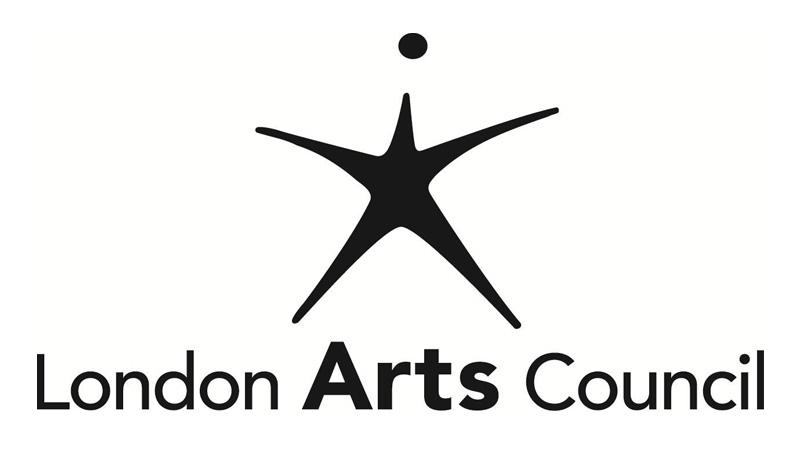Elsie Marie Knott (1922-1995)
Elsie Marie Knott became the first female chief of a First Nation in Canada when she was elected to lead the Anishinaabe Curve Lake First Nation in 1954 near Peterborough, Ontario. She held the position for 16 years. This happened three years after the Indian Act was amended to give First Nations women the right to vote and hold positions in band governments. 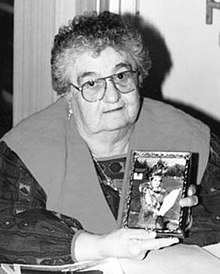
Knott led the First Nation until 1960, was reelected in 1970 until 1976. She dedicated herself to improving the quality of life of the members in her community. This included things like housing, water quality, infrastructure and social services. She was a strong and dedicated advocate for preserving Ojibwe traditions and culture, helping establish an Ojibway language program at the Curve Lake First Nation School. After her death, she was awarded by the Union of Ontario Indians a Lifetime Achievement award in 1999. She said once: “When I went in by a real big landslide, it never dawned on me that I was making history.” Link:https://cfc-swc.gc.ca/commemoration/woi-fic/elsie-knott-en.html
Ralph Steinhauer (1905-1987)
He was the first Aboriginal to be appointed Lieutenant Governor of Alberta, at the same time being the first Aboriginal to hold vice-regal office in Canada. He was in fact the tenth Lieutenant Governor of Alberta and was actively involved in Alberta Aboriginal and community affairs. He was born in Morley, Alberta and of the Cree tribe and went to the Brandon Indian Residential School. Steinhauer was a founding member of the Alberta Wheat Pool and District President of the Farmers Union.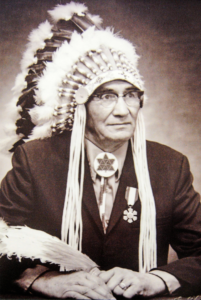
He had a very long and impressive resume including: For thirty-four years he served as Councillor and for three years as Chief of the Saddle Lake Indian Band. He served five years on the Board of Directors for Alberta Newstart and was a Council Member for the Northern Alberta Development Council. He was president of the Alberta Indian Development Systems Limited and served on the Board of Directors of the Indian Eskimo Association. Steinhauer was also involved in the Federal Indian Economic Development Authority. On the recommendation of Prime Minister Pierre Trudeau, he was appointed Governor of Alberta on July 2nd 1974 until 1979. Steinhauer received many accolades including the Medal of Service of the Order of Canada (1967) and the Canadian Centennial Medal (1967).
Link:https://www.assembly.ab.ca/lao/library/lt-gov/r-steinhauer.html
Willie Adams (1934- )
Inuk, Senator, businessman and electrician, Willie Adams (born in 1934) was appointed to the Senate for the Northwest territories, making him the first Inuit person in Canada to hold a seat in Parliament. As a senator, he fought for greater federal government support for his people in education, health care, infrastructure, land claims, fishery allocation and affordable food, housing and fuel. He was actively involved in the creation of Nunavut and supported Inuit language rights, art and culture, and traditional hunting methods such as sealing. 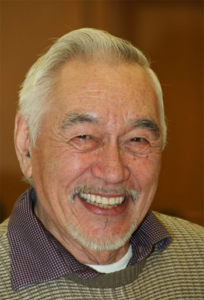
In 1977 on the advice of Prime Minister Pierre Trudeau, the Governor General Jules Léger appointed Adams as a Liberal senator in April 1977. In 1995, he voted against the Liberal party’s firearms bill because it clashed with the hunting needs of the Inuit. He also resigned from the standing senate committee on Aboriginal peoples over this issue. Adams passionately supported the Nunavut land claims agreement and hosted a briefing session for senators to address related concerns. He was actively involved in the creation of Nunavut as a territory and in 1999 became the region’s first senator. Adams also advocated for hiring policies that included Indigenous people at all levels of government.
Link:https://www.thecanadianencyclopedia.ca/en/article/willie-adams
Chief Doctor Robert Joseph (1939- )
Robert Joseph is a hereditary chief of the Gwawaenuk First Nation who upholds a life dedicated to bridging the differences brought about by intolerance, lack of understanding, and racism at home and abroad. He is the Ambassador for Reconciliation Canada, and a member of the National Assembly of First Nations Elders Council, was awarded the Order of British Columbia in 2015, and recipient of Indspire’s Lifetime Achievement award in 2016. His views on how destructive intolerance and racism can have on people’s lives and on cultures were shaped by his experiences with the Canadian Indian Residential School system. He is one of the last speakers of the Kwakwaka’wakw language and shares his knowledge and wisdom in the Big House and as a Language Speaker with the University of British Columbia. 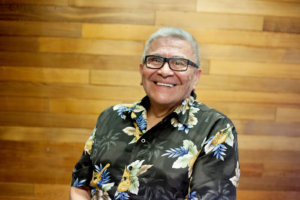
Chief Joseph received an Honorary Doctorate of Law Degree from UBC in 2003 for his distinguished achievements in serving BC and Canada. In 2012 he was presented with The Diamond Jubilee Medal and in 2014, he received the Jack P.Blaney Award for Dialogue from Simon Fraser University and that same year, the City of Vancouver awarded him with the Diversity and Inclusion Award of Excellence. In 2018, he was named an officer of the Order of Canada for his dedication to the community and contributions to the country.
His animated youtube video on residential schools, truth and reconciliation: https://www.youtube.com/watch?v=O_jUXiOSbp4
Link:https://reconciliationcanada.ca/about/team/chief-dr-robert-joseph/
Alanis Obomsawin (1932- )
Alanis Obomsawin is a filmmaker, singer, artist and storyteller. She is one of Canada’s most distinguished documentary filmmakers and began her career as a professional singer and storyteller before joining the National Film Board of Canada (NFB) in 1967. Her award-winning films address the struggles of Indigenous peoples in Canada from their perspective, giving prominence to voices that have long fallen on deaf ears. As an Officer of the Order of Canada and a Grand Officer of the National Order of Québec, she has received the Prix Albert-Tessier and the Canadian Screen Awards’ Humanitarian Award, as well as multiple Governor General’s Awards, lifetime achievement awards and honorary degrees.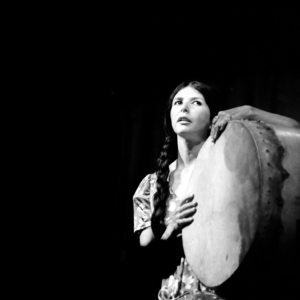
Coming from performance and storytelling, Alanis Obomsawin came to cinema and became one of the most acclaimed Indigenous directors in the world. She’s created an extraordinary body of work: more than 50 films and counting including documentaries like Incident at Restigouche (1984) and Kanehsatake: 270 Years of Resistance (1993). The Abenaki director has received numerous international honours and in 2019 was named a Companion of the Order of Canada. She said, “My main interest all my life has been education because that’s where you develop yourself, where you learn to hate, or to love.”
Link: https://www.nfb.ca/directors/alanis-obomsawin/








